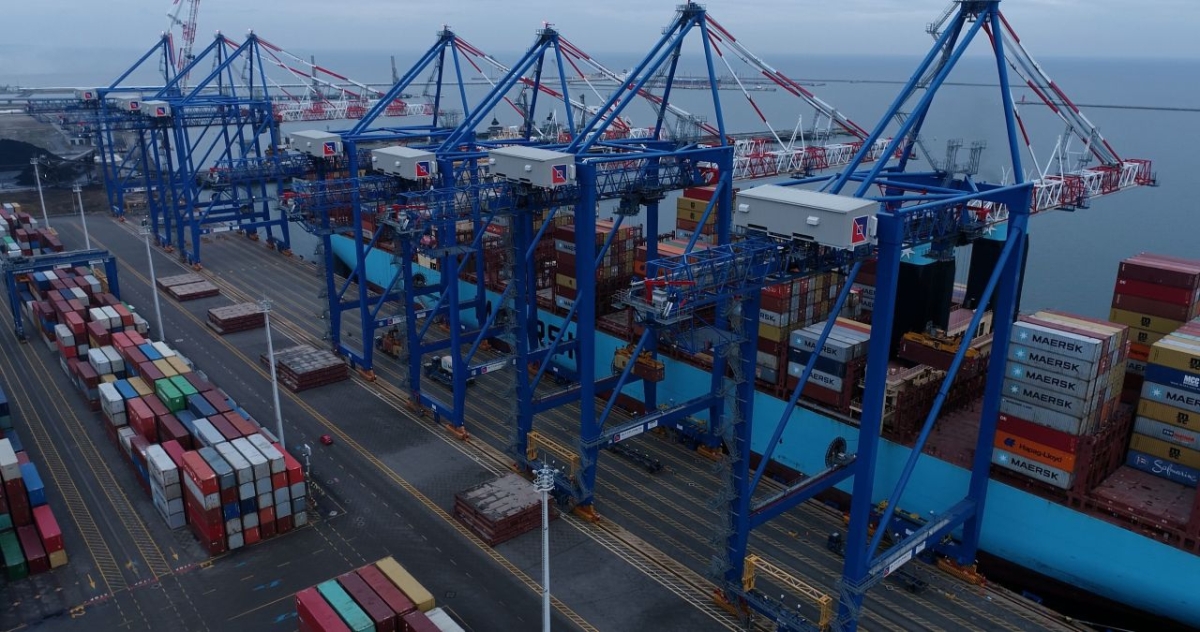
Baltic Hub, the largest container terminal in the Baltic Sea, summarized its performance in 2022. Given the circumstances, despite a slight decrease in transshipments, it should be considered a success.
No one is wringing their hands in the Baltic Hub (formerly DCT) - in 2022, exactly 2,072,727 TEU were reloaded. Even though the number of TEU handled is slightly lower than in 2021 (when 2,092,432 TEU were handled), it is still an exemplary result given the current market conditions. It is also a better result than expected following the introduction of sanctions on trade with Russia and the termination of cooperation with Russian ports.
The Baltic Hub handled over 2 million TEU thanks to 662 ships, of which 97 were the world's largest vessels and the remaining 565 were feeder vessels. A total of 6,860 trains and 447,000 trucks were used to transport cargo to and from the terminal.
– Although the industry has experienced significant uncertainty and numerous challenges, we managed to achieve outstanding results once again. We exceeded 2 million TEU per year thanks to our excellent location, operational capabilities, and reliable staff – said Charles Baker, the CEO of Baltic Hub.
There were also several records broken at the Baltic Hub in 2022. In March, the terminal recorded a record throughput - 206,645 TEU were transshipped at that time, which was a 9% increase compared to the previous record from January 2020. In turn, in July at the terminal - known at the time as DCT - a record was broken for the largest number of movements during the transshipment of one ship. Exactly 13,172 crane movements were performed to unload and load the Madison Maersk container ship. This surpassed the previous peak result recorded just one month earlier for Marstal Maersk when the cranes performed 13,003 movements.
However, 2022 was significant for the terminal for several reasons. Firstly, in autumn, the change of name from Deepwater Container Terminal Gdańsk to Baltic Hub was officially announced. Furthermore, the construction of the third deepwater berth, T3, has begun. Upon completion of this investment, the terminal will be able to reload up to 4.5 million TEU per year.


